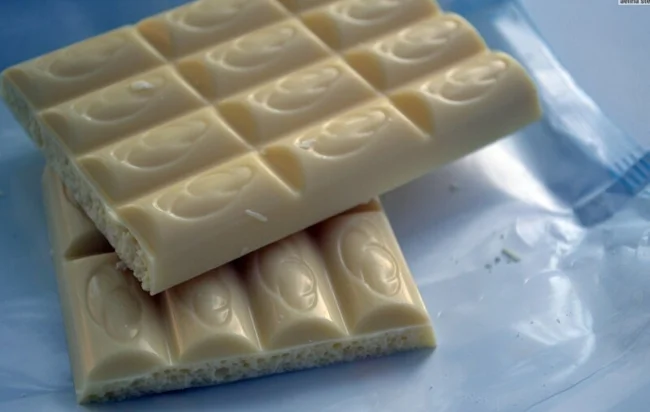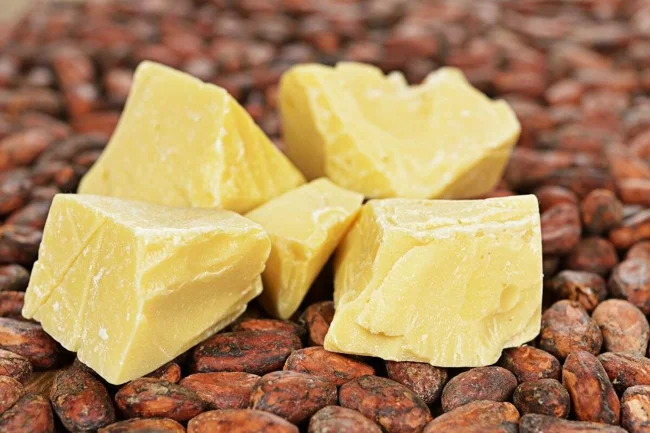This is one of the eternal questions. Like “What came first, the chicken or the egg”? 
While enjoying a slice of this snow-white delicacy, the thought may suddenly pop into your head: is white chocolate technically chocolate? 
To answer this question, you first need to understand the actual composition of classic chocolate. Cocoa beans are used to make this delicacy. Approximately half of the composition of this product is cocoa butter, the other half is dark fibers. Real high-quality chocolate contains cocoa mass and a sweetener (usually sugar). It may also include other ingredients. The color and characteristic taste are provided by cocoa fiber. 
Cocoa beans
Cocoa butter, which itself has a very weak aroma, is responsible for the physical properties of the product: fragility, crispness, hardness, shine. 
Cacao butter
Actually, white chocolate does not contain cocoa fiber. Therefore, it is light and has practically no cocoa taste. The product under this name is obtained from a mixture of milk powder, sugar and cocoa butter. It was invented by the confectioners of the Swiss company Nestle, who were faced with the task of recycling excess cocoa butter for the benefit. But consumers fell in love with the new product, which became, so to speak, a by-product. And white chocolate began to be produced specifically, in the form of an independent product.
What does GOST say? 
White chocolate: A confectionery product made from cocoa butter, milk and (or) its processing products and sugar, which contains at least 20% cocoa butter and at least 14% milk solids and (or) its processing products, in including at least 3.5% milk fat. 
That is, legally white has the right to be called chocolate, since it contains more than 20% cocoa butter. If you do a little experiment and try one piece of dark, milk and white chocolate, there will be no differences between them in texture, fluidity, and melting. The latter will just have a milkier taste.
If we turn to history, we can remember that initially, by chocolate, its creators, the Mayan Indians, generally meant an exclusively hot drink. Therefore, the classification of chocolate now is rather a matter of taste, cultural and national characteristics. 
What kind of chocolate do you prefer?
0 comments
